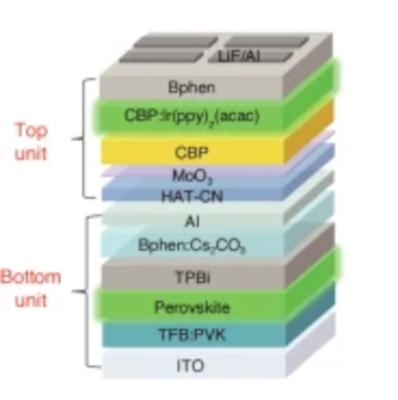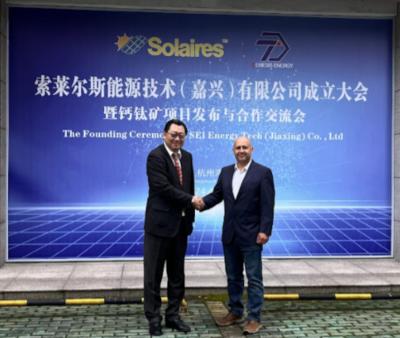Canon develops new materials for perovskite solar cells with improved durability and mass-production stability
Canon has announced that it has developed a high-performance material which is expected to improve the durability and mass-production stability of perovskite solar cells (PSCs). The Company aims to initiate mass production in 2025.
Canon stated that several issues are currently standing in the way of PSC commercialization. For one, the crystal structure of the perovskite layer (photoelectric conversion layer) is susceptible to the effects of water, heat, oxygen, etc. in the atmosphere, which results in low durability. Furthermore, it is difficult to achieve stable mass production when manufacturing perovskite solar cells with a large surface area. It has been recognized that a structure covering the perovskite layer is needed to solve these problems. Therefore, Canon developed a special functional material to coat the perovskite layer by applying the material technology it cultivated through the development of photosensitive members, a key component of multifunction office devices and laser printers.






